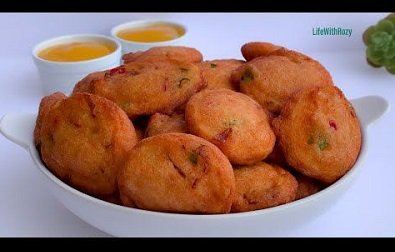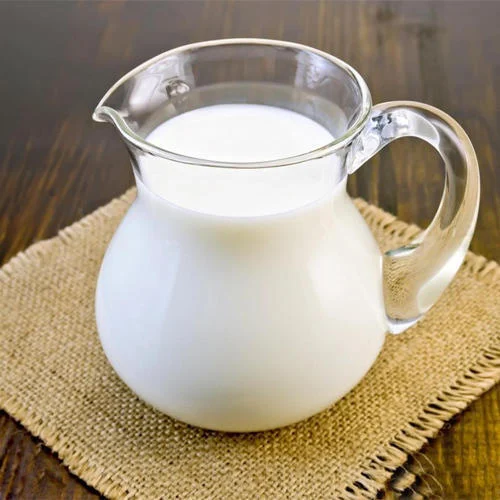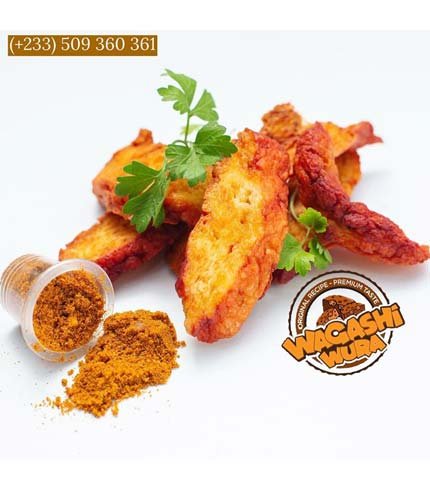Nutrition
Koose

• Koose
Koose(bean cakes) also known as ‘Akara’ is a traditional meal in Ghana consumed mostly by people from the Northern part of Ghana.
It is one delicacy eaten anytime of the day. But it is mostly eaten withHausa kooko as breakfast.
Every morning, it is common to see lots of buyers from all walks of life in a queue to purchase this delicacy.
Koose is prepared from ground beans or cowpeas.
.
Ingredients for koose
- 4 cups of black –eyed beans
- 2 large onions
- 2 tablespoonfuls of powdered pepper
- 3 eggs
- Chopped spring onions (if preferred)
- Cooking oil
- Salt
Preparation
- Pour beans in water and soak for 30minutes
- Pour the water out then put beans in blender. Add enough water to it.
- Don’t fully blend beans. Remove the skin using the blender by pushing the stop or pause button every minute when you start blending. Do that 3-4 times.
- Pour beans into a large bowl and add more water. Rub the beans in your hands to take off the skin.
- Drain the water along with skin on top of beans. Make sure all the skins are removed
- Pour skinless beans in blender, add pepper, onion and salt. Add enough water to blend until smooth.
- Pour blended mixture into bowl, add eggs then hand-whisk for 2-3minutes. This process will make the mixture fluffy.
- Set aside a mixture of egg, chopped spring onions and four teaspoons of blended mixture for garnishing.
- Heat oil under medium heat until hot then scoop in the batter with a spoon. Garnish top with the set aside mixture.
- -Turn koose over when it starts to brown at the bottom. Fry the other side until golden brown.
- Remove it from oil when cooked then put it in a strainer or paper towel to drain oil
- Serve koose with porridge.
Nutrition
Benefits of fresh cow milk

COW milk is a nutrient-rich milk produced by cows that has been a dietary staple for
humans for centuries. It is known for its rich source of essential nutrients such as calcium, protein, vitamins (B12 and D), and minerals. Cow milk is considered healthy for many individuals, providing benefits for bone health, muscle repair, and overall growth.
– Promotes strong bones
Cow milk is an excellent source of calcium and vitamin D, both of which are essential for maintaining bone density and strength. Regular consumption of milk helps prevent bone disorders like osteoporosis, especially in older adults, as it supports healthy bone development and repair.
– Boosts muscle growth and repair
Cow milk is rich in high-quality protein, containing all nine essential amino acids. This makes it an ideal post-exercise drink to help with muscle repair and growth. The protein in milk also helps sustain muscle mass, which is important as we age.
– Supports heart health
Cow milk contains potassium, a mineral that helps maintain healthy blood pressure by balancing sodium levels in the body. Drinking milk may reduce the risk of cardiovascular diseases by promoting optimal heart function and regulating blood pressure.
-Aids in weight management
The protein and fat content in cow milk can promote satiety and reduce overall calorie intake by keeping you full for longer. Additionally, studies have shown that the conjugated linoleic acid (CLA) found in milk may help reduce body fat in some individuals.
– Improves hydration
Cow milk is composed of approximately 90 per cent water, making it a hydrating beverage. Along with providing essential nutrients, milk helps to maintain fluid balance in the body, which is important for overall cellular functions and metabolism.
Source: www.ndtv.com/ health
Nutrition
Waagashi

Waagashi is a type of West African cheese made from cow milk. It is commonly made by the Fulani people, especially those from Northern Benin.
Ingredients
-1 bottle of fresh cow milk
-2 cups of apple cider vinegar
-Sorghum leaves for skin colouring (optional)
Preparation
-Mix fresh cow milk with apple cider vinegar and leave it for sometime.
-Put the mixture on fire at low to medium heat until the milk forms completely.
-Then strain in a colander to remove all the water and your cheese is obtained.
-Soak cheese obtained in cold water for a few minutes (5-10 minutes).
-After removing the cheese you can optionally dip it in boiled red leaves.
-Boil the cheese in the red solution for 10-15 minutes. (Depending on how one wants the red to look).
Serve the fried Wagashi with the West African Suya spice.







